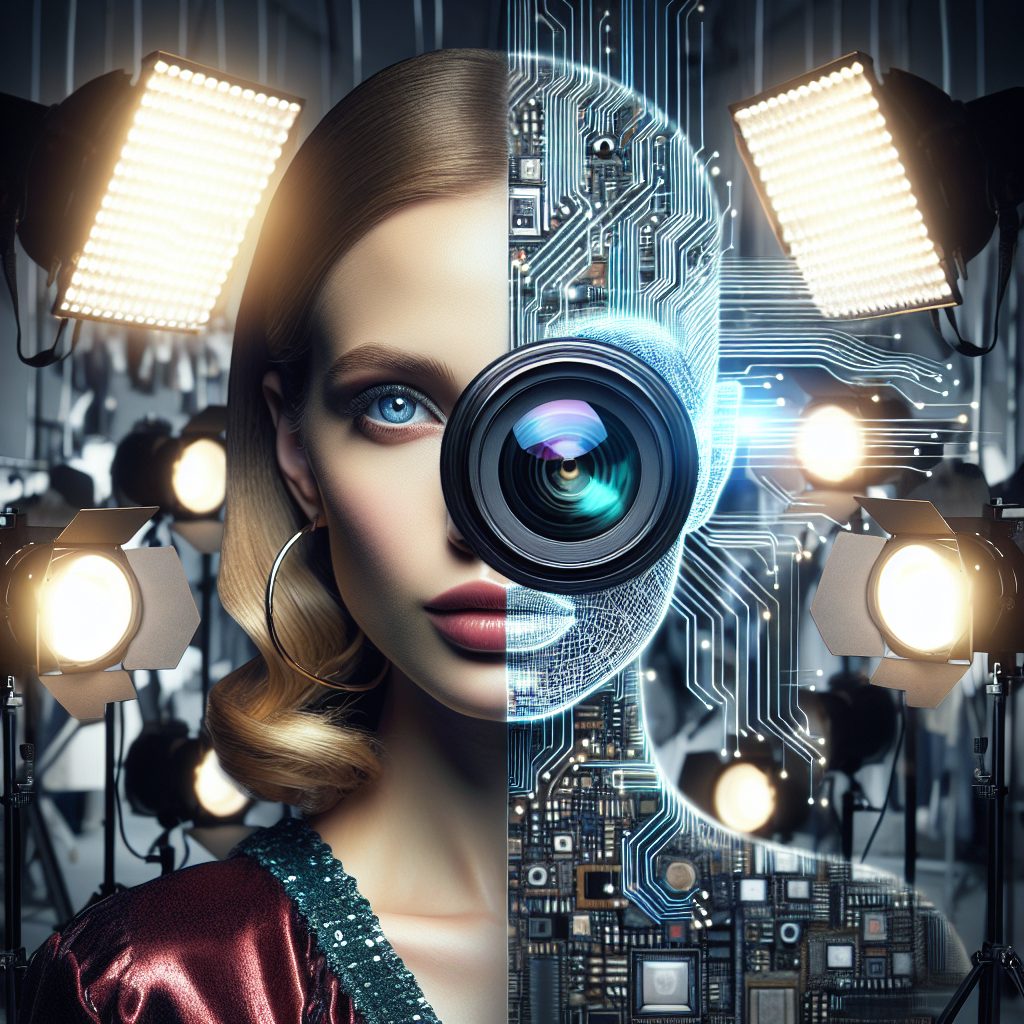Artificial Intelligence (AI) has revolutionized various industries, and fashion photography and editing are no exceptions. AI technologies have significantly impacted the way photographers capture and edit images, leading to more efficient and creative processes. In this article, we will explore the impact of AI on fashion photography and editing, and how it has changed the industry.
1. AI in Fashion Photography:
AI has brought several advancements in fashion photography, making the process more streamlined and efficient. One of the key areas where AI has made a significant impact is in image recognition and analysis. AI-powered tools can now identify objects, colors, patterns, and textures in images, allowing photographers to quickly sort through large volumes of photos and select the best ones.
AI has also enabled the development of smart cameras that can automatically adjust settings such as exposure, focus, and white balance based on the scene being captured. This not only helps photographers save time but also ensures that they get the best possible shot in any lighting conditions.
Another area where AI has made a big impact is in image editing. AI-powered editing tools can now perform tasks such as retouching, color correction, and background removal with incredible precision and speed. These tools can also suggest creative edits and styles based on the photographer’s preferences, making the editing process more intuitive and efficient.
2. AI in Fashion Editing:
AI has revolutionized the way fashion images are edited, making the process faster, more accurate, and more creative. One of the key advancements in AI-powered editing tools is the use of machine learning algorithms to analyze and enhance images. These algorithms can automatically adjust aspects such as lighting, color balance, and composition to create stunning images that stand out.
AI-powered editing tools can also automate repetitive tasks such as retouching and background removal, allowing photographers to focus on more creative aspects of their work. These tools can also suggest creative filters and effects based on the photographer’s style, helping them achieve their desired look more efficiently.
In addition to enhancing images, AI-powered editing tools can also assist in organizing and managing photos. These tools can automatically tag and categorize images based on their content, making it easier for photographers to search and retrieve specific images when needed.
3. FAQs:
Q: Can AI replace human photographers?
A: While AI has made significant advancements in photography and editing, it cannot replace the creativity and artistry of human photographers. AI tools can assist photographers in streamlining their workflow and enhancing their images, but the final creative decisions still rely on the photographer’s vision and expertise.
Q: Are AI-powered editing tools easy to use?
A: AI-powered editing tools are designed to be user-friendly and intuitive, making them accessible to photographers of all skill levels. These tools often come with built-in tutorials and guides to help users get started, and they can also learn and adapt to the photographer’s preferences over time.
Q: Will AI impact the job market for photographers?
A: While AI has the potential to automate certain tasks in photography and editing, it is unlikely to replace human photographers entirely. AI tools can help photographers work more efficiently and creatively, but they cannot replicate the unique perspective and artistic vision that human photographers bring to their work.
In conclusion, AI has had a profound impact on fashion photography and editing, transforming the way images are captured, edited, and enhanced. AI-powered tools have made the process more efficient, creative, and accessible, allowing photographers to push the boundaries of their craft and create stunning images that resonate with audiences. As AI continues to evolve, we can expect to see even more advancements in the field of fashion photography and editing, further blurring the lines between art and technology.

